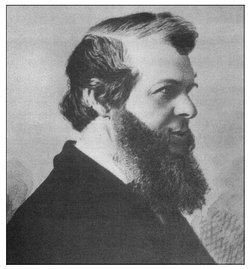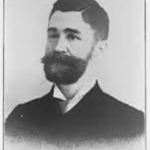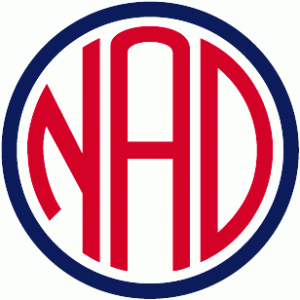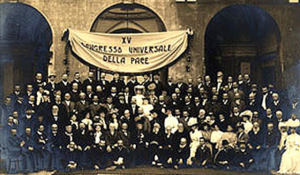In a world that thrives on communication, the National Association of the Deaf (NAD) stands as a beacon of empowerment and advocacy for the Deaf and hard of hearing communities in the United States.
Established in 1880, the NAD has played a pivotal role in promoting equality, accessibility, and the preservation of Deaf culture. In this blog, we will take a closer look at the NAD, it’s history, mission, and the vital work it continues to do to this day.
A Brief History of the National Association of the Deaf
The NAD’s roots can be traced back to the Second International Congress on the Education of the Deaf, held in Milan, Italy, in 1880.
During this conference, a controversial resolution was passed that sought to ban the use of sign language in deaf education, advocating instead for oralism—teaching deaf individuals to communicate exclusively through spoken language.
This decision had profound implications for the deaf community, as it threatened the existence of sign language and Deaf culture.


In response to the Milan Congress, a group of concerned individuals, including prominent deaf leaders such as Robert P. McGregor and Edmund Booth, convened in Cincinnati, Ohio, to establish the NAD.
Their primary goal was to protect and promote sign language and the rights of deaf individuals in the United States. Since its inception, the NAD has been at the forefront of numerous advocacy efforts aimed at improving the lives of deaf and hard of hearing individuals.
The NAD’s Mission and Goals
The National Association of the Deaf’s mission is succinct yet powerful: “to preserve, protect, and promote the civil, human, and linguistic rights of deaf and hard of hearing people in the United States.” To achieve this mission, the NAD focuses on several key areas:
- Legal Advocacy: The NAD has been involved in countless legal battles to ensure that deaf individuals have equal access to education, employment, healthcare, and public services. Landmark cases such as “Rowley v. Hendrick Hudson Central School District” and “National Association of the Deaf v. Netflix” have shaped accessibility laws and regulations.
- Education: The NAD is committed to improving the quality of education for deaf and hard of hearing students. This includes advocating for bilingual education that incorporates American Sign Language (ASL) and English, recognizing the importance of both languages in the development of deaf children.
- Accessibility: The NAD works to ensure that deaf and hard of hearing individuals have equal access to information, services, and technology. This includes advocating for closed captioning, video relay services, and accessible websites and apps.
- Cultural and Linguistic Preservation: The NAD is deeply committed to preserving and promoting Deaf culture and ASL as vital components of the identity of deaf individuals. They believe that cultural and linguistic diversity should be celebrated and respected.
- Community Engagement: The NAD encourages community involvement and provides resources to empower deaf individuals to be active participants in their communities and in society at large.
The Future of the National Association of the Deaf
The National Association of the Deaf has been a tireless advocate for the rights and well-being of deaf and hard of hearing individuals in the United States for over a century. Through legal action, education, and a dedication to preserving Deaf culture and ASL, the NAD continues to make a profound impact on the lives of countless people. As we look to the future, it is clear that the NAD will remain a crucial voice in the ongoing struggle for equality, accessibility, and the recognition of Deaf culture as a vibrant and integral part of our society.





